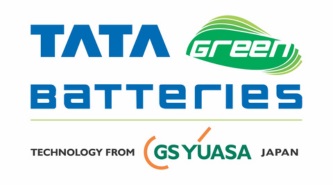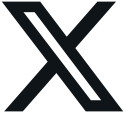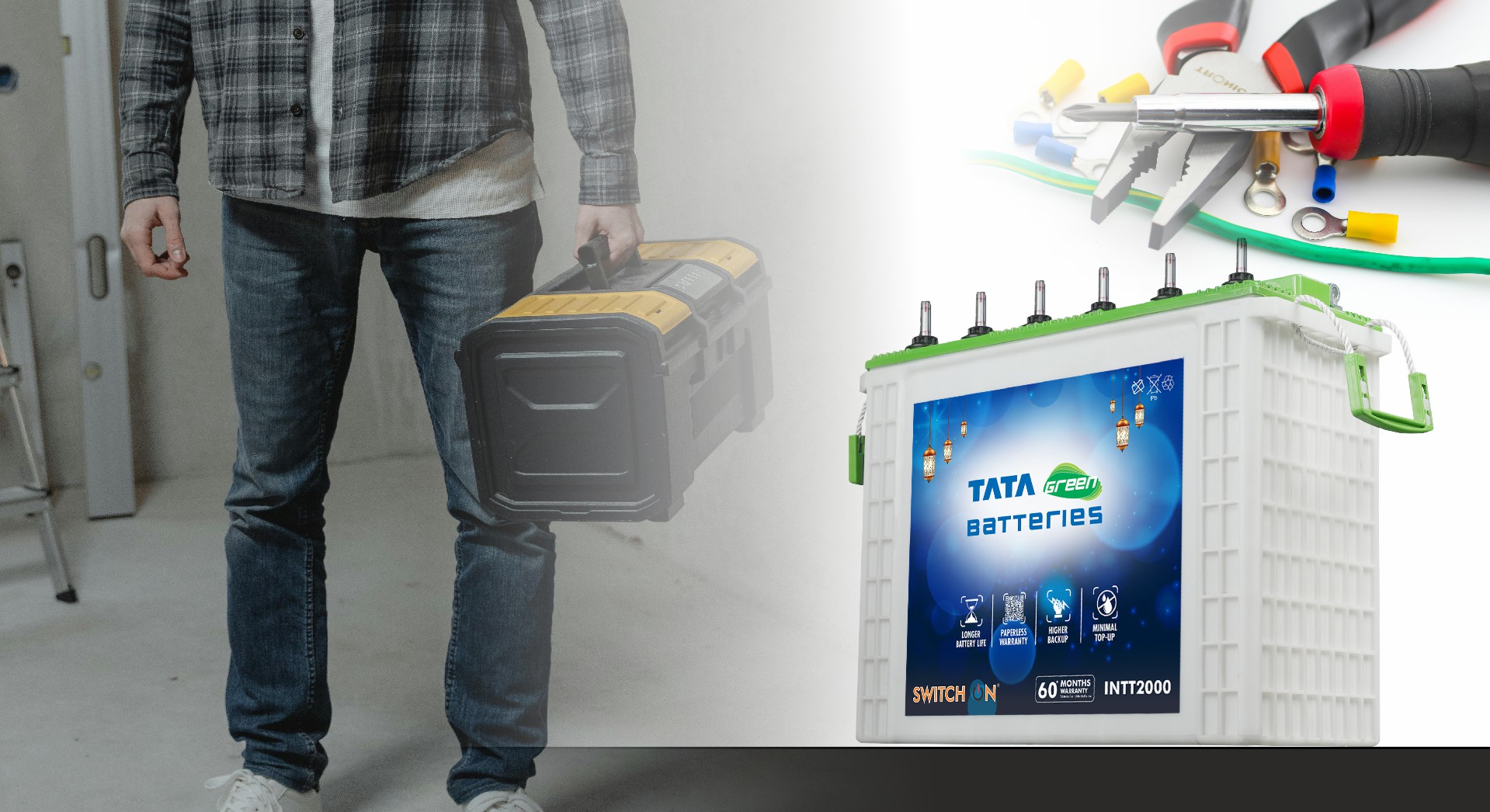“Oops! Another Power Cut!” …India’s most chanted sermon during monsoon and summers. Sadly, these cries fall on deaf ears…more like ‘shooting in the dark’. Power cuts can be frustrating, especially during the monsoon and summer months, when they strike more often. But an easy way to keep your home running smoothly is to invest in an inverter with a reliable battery!
The challenge, however, is choosing the right inverter and battery that breathes life into it. So, here is a simple 3-step guideline to bring in the best ‘inverter+battery’ fit for your power needs-
-
Identify Your Power Requirements
Do not get baffled by the word ‘Identify’. There is no rocket science in selecting the inventor for home. To understand the inverter capacity for home, just list down the appliances you wish to operate on inverter power. Suppose you plan to connect 2 tube lights (60 Watts), 1 fan (70 Watts) and 2 CFLs (40 Watts). In this scenario, your total power requirement will be:
60 + 70 + 40 = 170 Watts
Knowing this helps you decide the size of the inverter you need. If you’re unsure, make a quick list of essential appliances, and add up their wattage. This will give you a good starting point.
-
Check the VA Rating of the Inverter
The next step is to buy an inverter with a proper Voltage-Ampere (VA) rating. VA implies the voltage and current supplied by the inverter to the appliances. So, how do we decide how much VA would suffice our electricity requirement? It could be better explained through the equation below, viz., the ratio of the appliances’ total power requirement to the inverter’s power factor.
Generally, the VA rating of an inverter should be slightly higher than your total power requirement in watts. This ensures the inverter runs efficiently and isn’t overloaded.
VA = Power Requirement/Power Factor
Power Factor is the ratio of the power required by equipment to the power supplied by the inverter. The average power factor of inverters is 0.7 or 0.8.
VA= 170/0.7
VA= 242.85 Approx.
Hence, in our situation, we should look for an inverter around 250 VA. The key takeaway is choosing an inverter that can handle more than your calculated needs. This improves performance and extends the life of your inverter and connected appliances.
-
Get an Appropriate Battery for the Inverter
A proper battery is the backbone of an inverter. It determines how long your inverter can keep your appliances running during a power outage. Now, we arrive at the pivotal question – “How long will the inverter provide backup for the appliances?” This question is answered by the battery capacity, which determines the backup time expressed in Ampere Hours (Ah). Think about how long you typically need backup power. If you want a backup for 6 hours, you need a battery that can handle that load. For example, if your total power requirement is 170 watts and you need it for 6 hours, a battery capacity of 150 Ah should work well.
If you need help determining the right battery, use an inverter battery calculator to find out how much Ah battery is required for a home inverter. This ensures you get a battery that provides sufficient backup power for your specific needs.
Practical tips for buying the right inverter for your home
To make things even easier, know how much Ah battery is required for home inverter.
- Small Apartment: A 250 VA inverter for a home with a 100 Ah battery can comfortably handle basic appliances like fans, lights, and a TV.
- Medium-Sized Home: A 500 VA inverter with a 150-200 Ah battery would be ideal for running additional appliances like a refrigerator or multiple fans. Knowing your inverter capacity can help you avoid overloading and ensure a steady power supply.
- Large Home: A higher VA rating (800-1000 VA) and a 200 Ah or more battery capacity can ensure that even heavy-duty appliances like water pumps or air conditioners run smoothly.
Why Choose TATA Green Batteries?
TATA Green Batteries stand out for their durability, efficiency, and advanced technology while focusing on delivering consistent power during outages. Here are the reasons why you should select Tata Green inverter batteries for home.
-
Enhanced Backup for Frequent Power Cuts
We have inverter batteries from 150 Ah to 240 Ah that provide exceptional backup in areas with frequent power cuts. All our inverters from 150 Ah to 240 Ah feature long tubular plates for an additional charge, while the 160-Ah and above batteries have special additives that enhance charge acceptance and overall performance.
-
Superior Performance with Advanced Design
With a higher concentration of acid in the electrolyte, our batteries offer a superior backup during extended power outages. The patented GS YUASA design, featuring high-density plates, allows for deep discharging and longer backup.
-
Smart Monitoring for Reliable Operation
All our batteries come with a built-in float sensor to monitor water levels in every cell, ensuring consistent and reliable performance.
In a Nutshell
Tata Green Batteries are built to last, giving you peace of mind even during extended power cuts. Whether you need a compact solution for a small home or a more robust setup for larger spaces, TATA Green Batteries offers the right options for all your needs. You can also explore Tata Green Investors, renowned for their reliability and top-notch technology commitment backed by the trusted legacy of Tata and GS YUASA.








